Deleted member 1487
http://www.1911encyclopedia.org/Carpathian_Battles
http://warchron.com/russianOrderofBattle.htm
http://books.google.com/books?id=JN...AEwAw#v=onepage&q=carpathian campaign&f=false
http://www.amazon.com/Blood-Snow-Carpathian-Winter-Studies/dp/0700617205
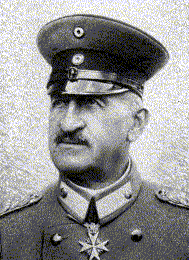
Von Linsingen, Commander of Südarmee
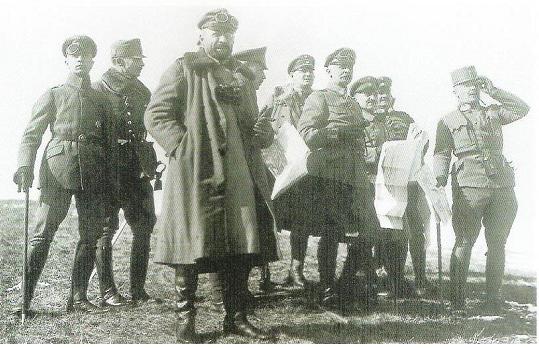
Falkenhayn and His Staff

Conrad inspecting Troops
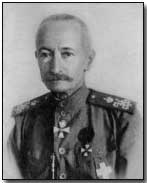
Commander of the Russian 8th Army, Alexi Brusilov
Background
In OTL in very late 1914 Germany agreed to send 2 1/2 infantry divisions and a cavalry division to the Carpathian Front to support her collapsing ally Austria-Hungary. Initially Falkenhayn and Ober Ost, in an issue both agreed on for once, were opposed to the plan until Kaiser Wilhelm intervened and personally 'requested' Falkenhayn complied. However there was still much tension between Falkenhayn and Conrad over the creation of the "Südarmee", as the AHs didn't provide the agreed upon mountain equipment, von Linsingen was warning against an offensive in the terrible climate and terrain, and the AH general staff displayed extreme incompetence and disconnect with the front. There were several arguments between Germany and AH over deployment of the Südarmee and the extreme casualties it took being forced to attack in the middle of winter in the Carpathian mountains.
So obviously there was an opportunity for Falkenhayn to exert more control over Südarmee's deployment. The Germans held the power in the relationship and could dictate to a point with AH. They seemed to have been taken in by Conrad's negotiating tactic of threatening to cut a deal with the Russians, but here I am suggesting the Falkenhayn takes a stronger stand against Conrad and gets to deploy Südarmee where he wants.
POD: OHL demands and gets the AH to agree to deploy Südarmee north of the Carpathians around Gorlice, where the Russians were launching their own offensives to break the link between the AH 3rd and 4th armies. Falkenhayn demands again that any offensive involving Südarmee would have to be in this area.
This forces Conrad, already worried that his forces in the Carpathian Mts. cannot hold by themselves to redeploy significant forces from the 4th and 3rd armies (thanks to the Germans stabilizing the Dunajec-Gorlice Sector) further East into the mountains. Believing that an offensive in the Carpathians will fail without the Germans to stiffen the front, Conrad begrudgingly agrees to launch his offensives to relieve Przemysl from the Gorlice-Tarnow sector, but only on the condition that the Germans provide even more troops, artillery, and munitions considering that the Russians have built up signficant defenses there. Von Linsingen supports Conrad, speaking with Falkenhayn directly about conditions at the front, stating that while his force was enough to hold his sector, any advance would require significant reinforcement.
After much debate and acrimony, especially involving Ober Ost, Falkenhayn agreed, as the AHs need a way to stop the endless flood of Russians from pouring through the Carpathian passes, which have all been captured by the Russians. Russian forces in this sector were less prepared and numerous than on Germany's Eastern Front. Additionally Falkenhayn demanded that von Linsignen would have control of the entire offensive, German officers would be brought in help command and control the AH forces involved, and once the front was secure AH forces would have to be made available for the Serbian Front. These conditions grated heavily, but with the Russians pushing forward constantly Conrad, even after all his protests logged with his and the German government, was forced to acquiesce by his own Kaiser. Nevertheless, Conrad still had no intention of focusing on Serbia for some time. In fact, to punctuate this point, he continued massive transfers of troops from the Serbian front.
Edit:
This is a working draft, which I will try and polish as I go.
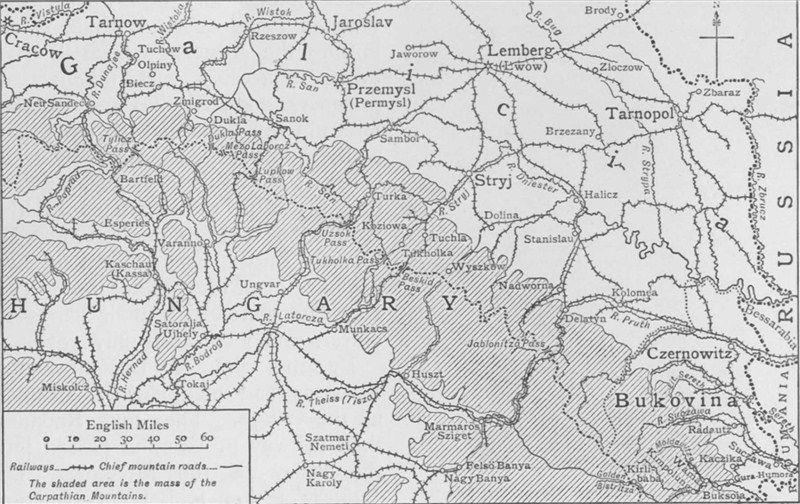
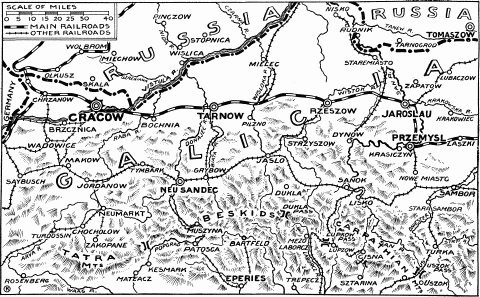
Maps of the Battle Area
http://warchron.com/russianOrderofBattle.htm
http://books.google.com/books?id=JN...AEwAw#v=onepage&q=carpathian campaign&f=false
http://www.amazon.com/Blood-Snow-Carpathian-Winter-Studies/dp/0700617205

Von Linsingen, Commander of Südarmee

Falkenhayn and His Staff

Conrad inspecting Troops

Commander of the Russian 8th Army, Alexi Brusilov
Background
In OTL in very late 1914 Germany agreed to send 2 1/2 infantry divisions and a cavalry division to the Carpathian Front to support her collapsing ally Austria-Hungary. Initially Falkenhayn and Ober Ost, in an issue both agreed on for once, were opposed to the plan until Kaiser Wilhelm intervened and personally 'requested' Falkenhayn complied. However there was still much tension between Falkenhayn and Conrad over the creation of the "Südarmee", as the AHs didn't provide the agreed upon mountain equipment, von Linsingen was warning against an offensive in the terrible climate and terrain, and the AH general staff displayed extreme incompetence and disconnect with the front. There were several arguments between Germany and AH over deployment of the Südarmee and the extreme casualties it took being forced to attack in the middle of winter in the Carpathian mountains.
So obviously there was an opportunity for Falkenhayn to exert more control over Südarmee's deployment. The Germans held the power in the relationship and could dictate to a point with AH. They seemed to have been taken in by Conrad's negotiating tactic of threatening to cut a deal with the Russians, but here I am suggesting the Falkenhayn takes a stronger stand against Conrad and gets to deploy Südarmee where he wants.
POD: OHL demands and gets the AH to agree to deploy Südarmee north of the Carpathians around Gorlice, where the Russians were launching their own offensives to break the link between the AH 3rd and 4th armies. Falkenhayn demands again that any offensive involving Südarmee would have to be in this area.
This forces Conrad, already worried that his forces in the Carpathian Mts. cannot hold by themselves to redeploy significant forces from the 4th and 3rd armies (thanks to the Germans stabilizing the Dunajec-Gorlice Sector) further East into the mountains. Believing that an offensive in the Carpathians will fail without the Germans to stiffen the front, Conrad begrudgingly agrees to launch his offensives to relieve Przemysl from the Gorlice-Tarnow sector, but only on the condition that the Germans provide even more troops, artillery, and munitions considering that the Russians have built up signficant defenses there. Von Linsingen supports Conrad, speaking with Falkenhayn directly about conditions at the front, stating that while his force was enough to hold his sector, any advance would require significant reinforcement.
After much debate and acrimony, especially involving Ober Ost, Falkenhayn agreed, as the AHs need a way to stop the endless flood of Russians from pouring through the Carpathian passes, which have all been captured by the Russians. Russian forces in this sector were less prepared and numerous than on Germany's Eastern Front. Additionally Falkenhayn demanded that von Linsignen would have control of the entire offensive, German officers would be brought in help command and control the AH forces involved, and once the front was secure AH forces would have to be made available for the Serbian Front. These conditions grated heavily, but with the Russians pushing forward constantly Conrad, even after all his protests logged with his and the German government, was forced to acquiesce by his own Kaiser. Nevertheless, Conrad still had no intention of focusing on Serbia for some time. In fact, to punctuate this point, he continued massive transfers of troops from the Serbian front.
Edit:
This is a working draft, which I will try and polish as I go.


Maps of the Battle Area
Last edited by a moderator: